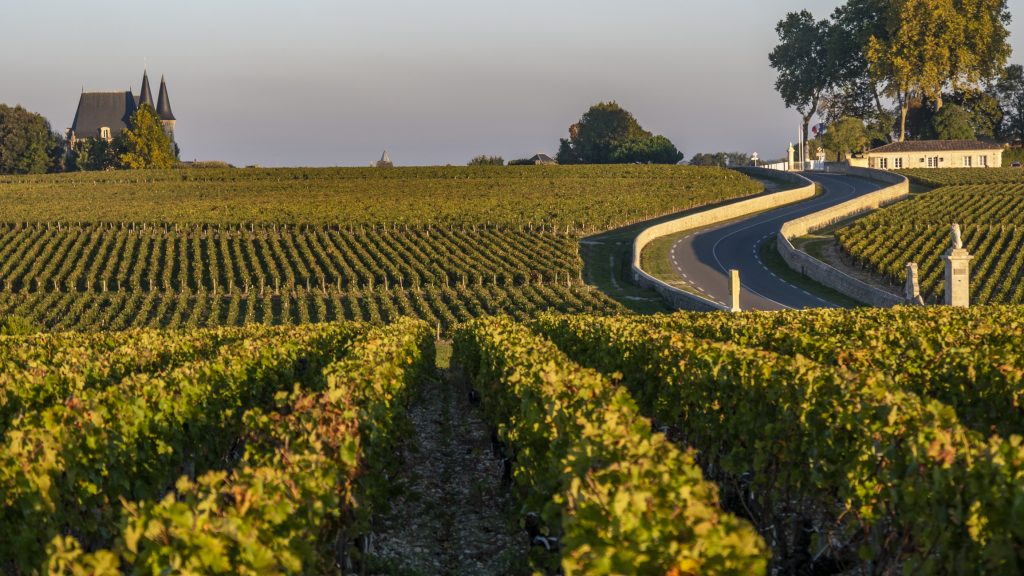Cru bourgeois classification raises the environmental bar
By Colin HayIn a short and simple press release published yesterday (28 March), L’Alliance des Crus Bourgeois du Médoc, the body responsible for overseeing the cru bourgeois classification, has significantly raised its own environmental standard.

From the next reclassification exercise (in 2025), all wineries designated crus bourgeois will be required to have demonstrated HEV Level 2 environmental certification. Those seeking classification at Supérieur and Exceptionnel level will be required to have HEV Level 3 certification.
In addition, from 2022, all properties seeking to use their crus bourgeois certification will be actively encouraged, if not actually mandated, to present their wines in bottles that weight no more than 390g (a 22% decrease in the current maximum bottle weight). As the press release explains, “with sustainability in mind, the Crus Bourgeois du Médoc has shifted to bottles with less weight. The classification was eager to become a part of the global movement towards more sustainable bottling and packaging, as championed by the famous wine critic Jancis Robinson”.
The press release concludes with a few thoughts on the prospects for the 2021 vintage on the eve of the en primeur campaign.
Partner Content
Laurent Vaché, Vice President of the Crus Bourgeois du Médoc and Director of Uni-Médoc describes the vintage in the famous terms of Clément Marot: “Tout vient à point à qui sait attendre” (“everything turns out well for those prepared to wait for it”).
Despite difficult growing conditions at various points in the year, overall yields in the Médoc appellation itself are around 36 hL/ha. Yet, as Vaché himself underlines, the quality, though promising, is uneven. Whilst the Cabernet Sauvignon was able to “ripen fully under the autumn sun”, he describes the Merlot crop as “slightly hollow and diluted”.
On the latest cru bourgeois reclassification exercise, see here.
Related news
How to make top blanc de blancs in 'the kingdom of Pinot Noir'




